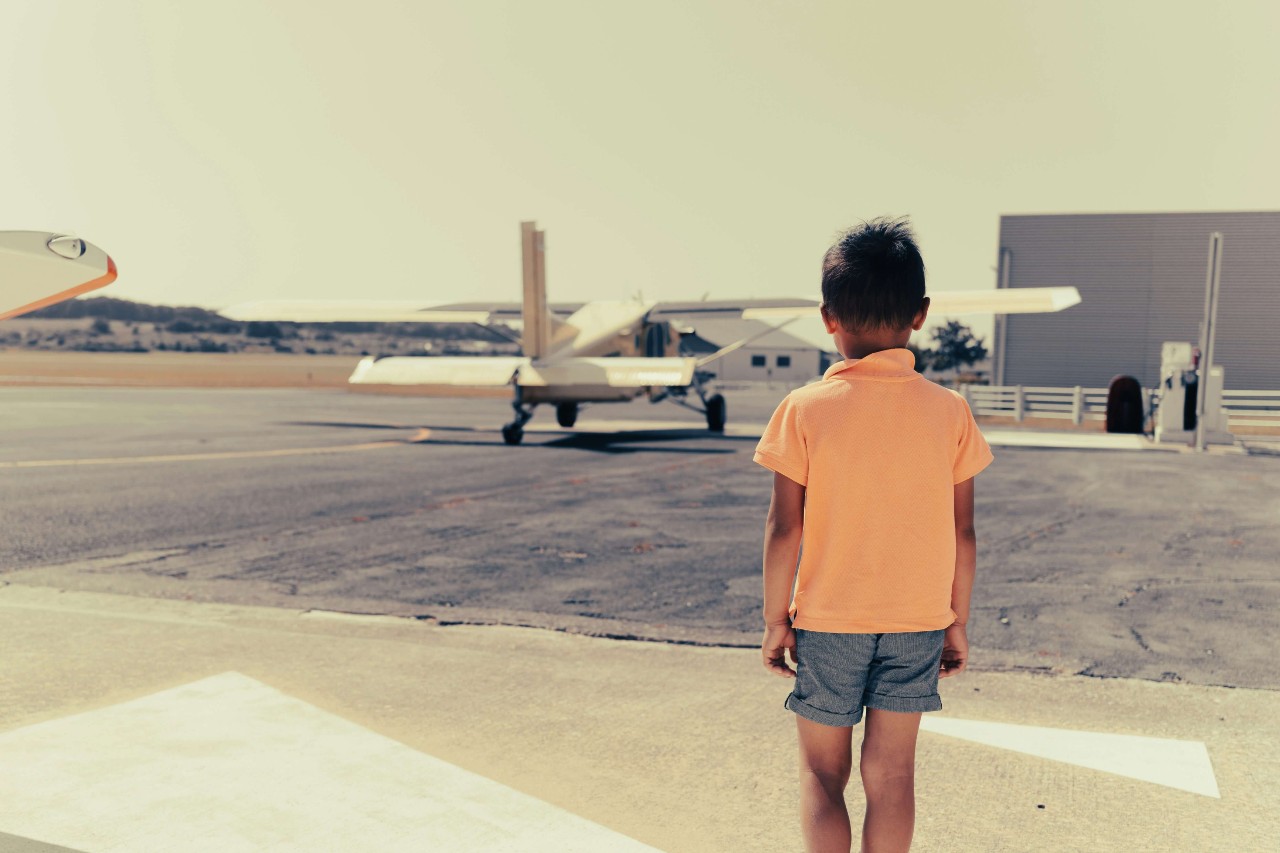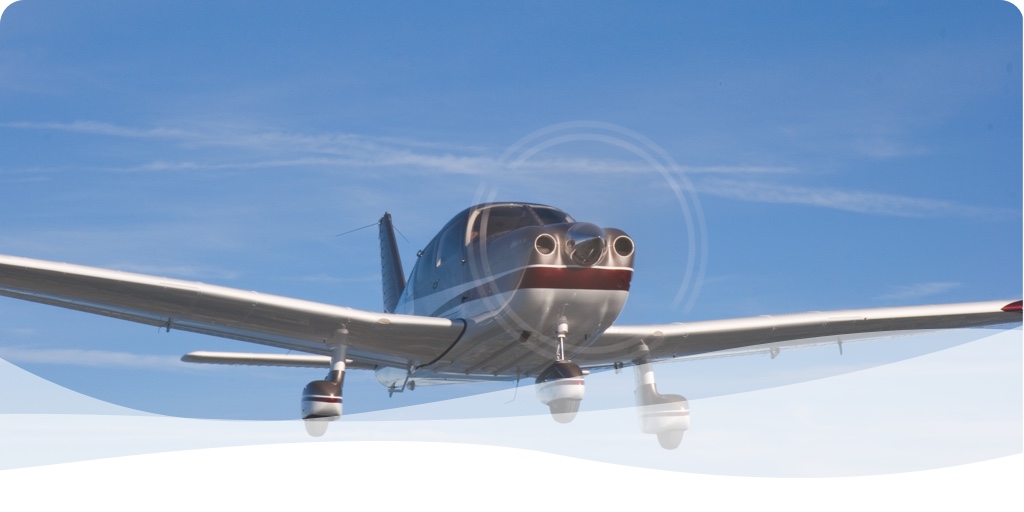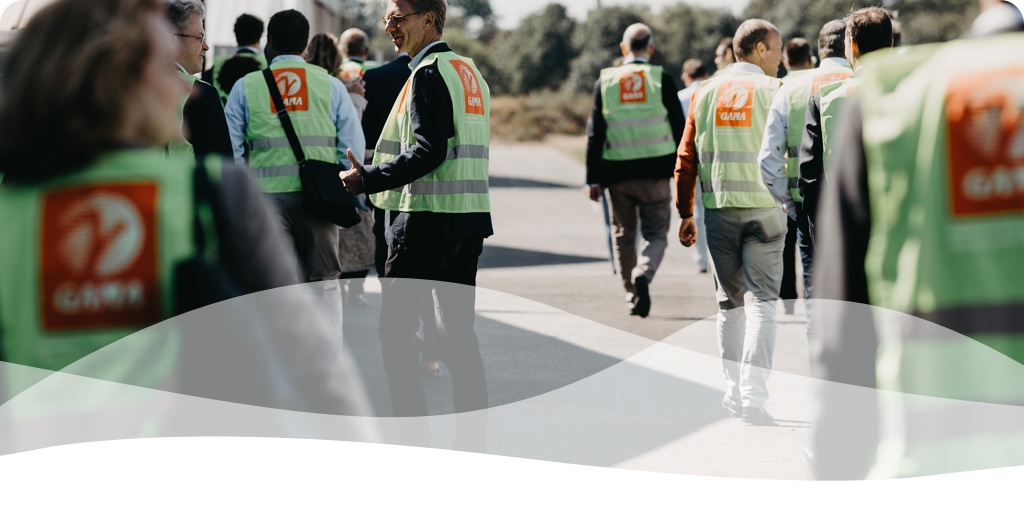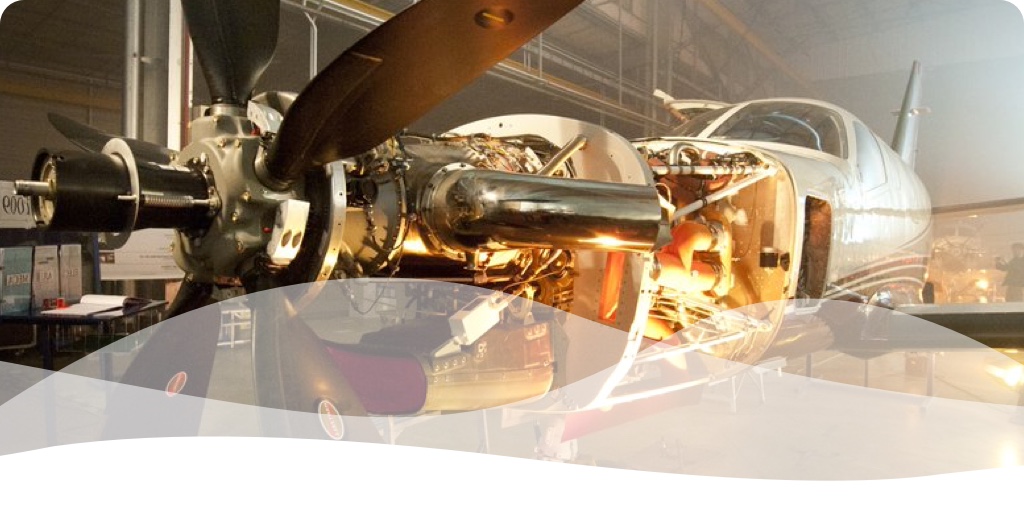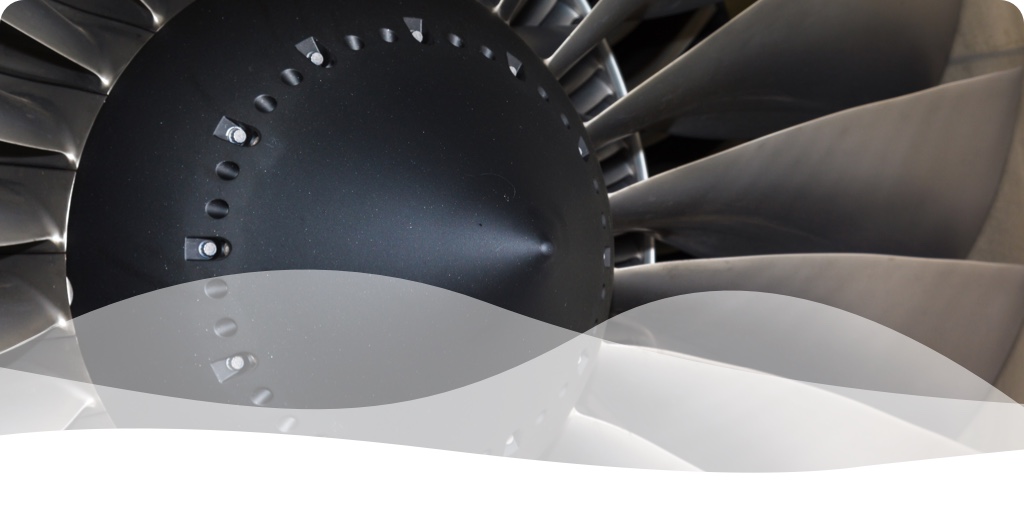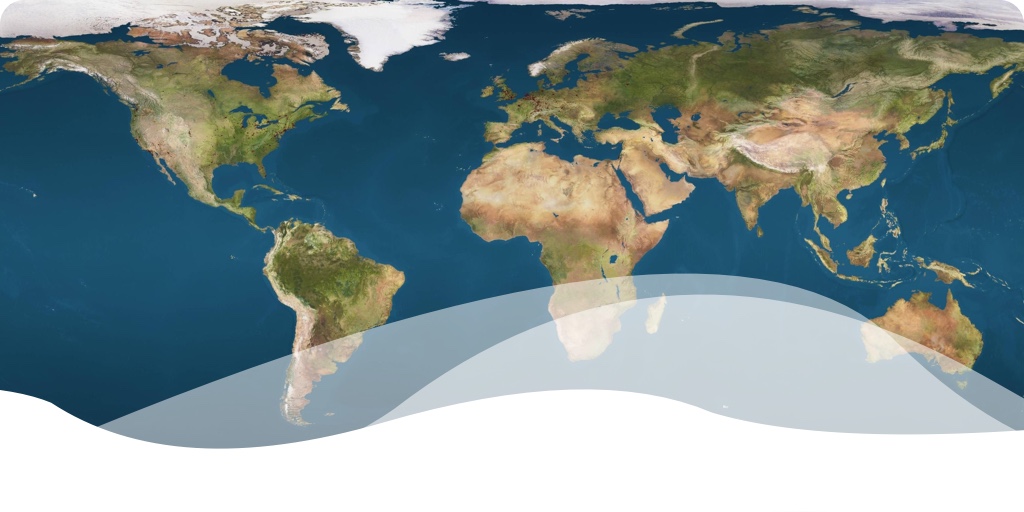Do you dream of flying? Whether you want to become a private pilot for leisure or start a professional career in aviation, general aviation offers a flexible, accessible, and rewarding path to the skies.
This page will guide you through the steps to become a pilot in Europe, including training options, types of licenses, and how to choose the right school.
Why Choose General Aviation to Become a Pilot?
General aviation is where most pilots begin. It offers:
- Smaller aircraft for hands-on learning
- Access to local flight schools and airfields
- Lower training costs compared to commercial airline academies
- A wide range of flying experiences — from touring to instructing
Whether you’re aiming for recreational flying or building hours toward a career, general aviation is the foundation.
What Are the Main Types of Pilot Licenses?
The PPL is the most common starting point. It allows you to fly light aircraft for non-commercial purposes. With this license, you can:
- Fly solo or with passengers
- Travel across Europe and beyond
- Begin hour-building toward advanced licenses
Requirements generally include:
- Minimum 45 flight hours
- Ground school and theory exams
- Medical certificate (Class 2)
The LAPL is an alternative with fewer requirements — ideal for local or leisure flying within Europe. It requires:
- Minimum 30 flight hours
- Simpler medical (LAPL Medical)
The CPL is the next step if you want to fly professionally. After your PPL, you can continue training toward a CPL with additional flight hours and theoretical exams.
After gaining experience, many pilots choose to become flight instructors, aerobatic pilots, or gain additional ratings like:
- Night Rating
- Instrument Rating (IR)
- Multi-Engine Rating (MEP)
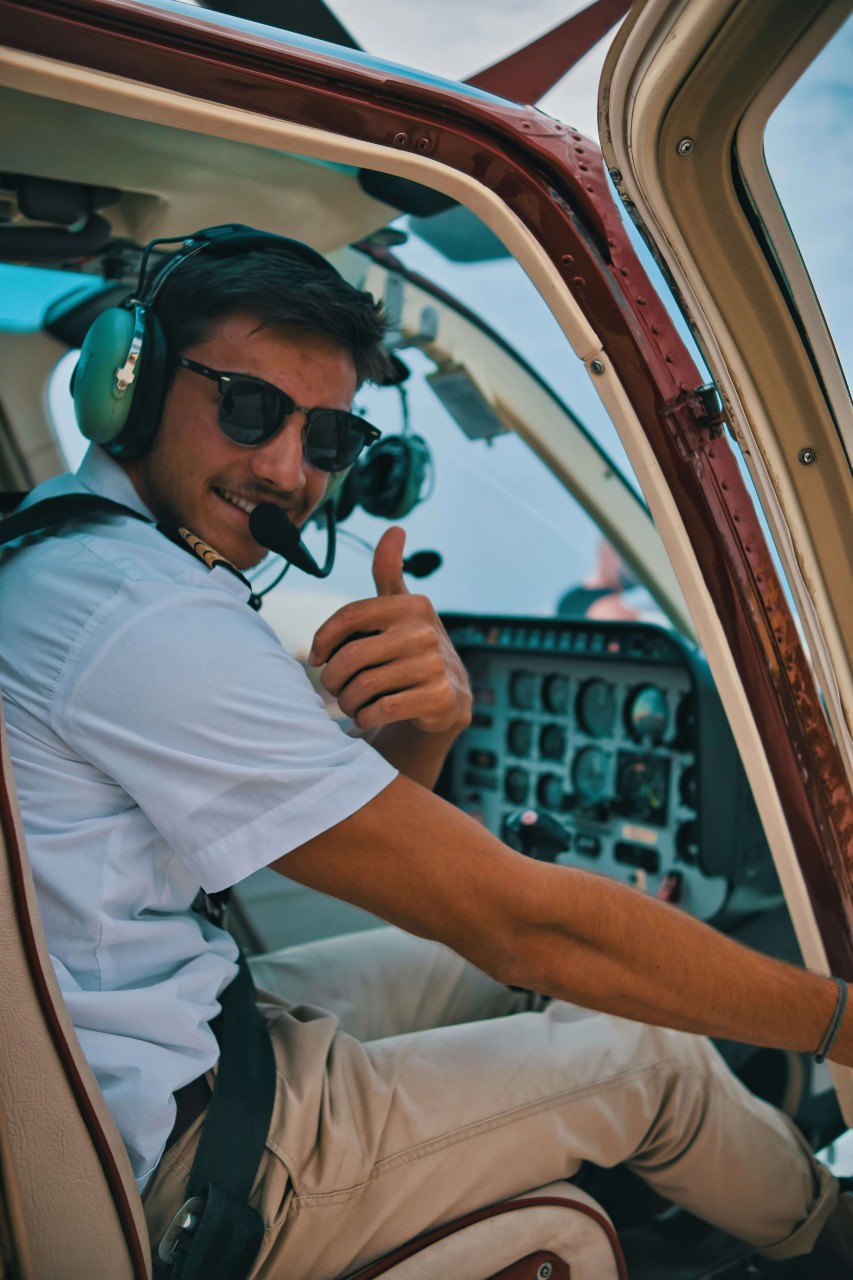
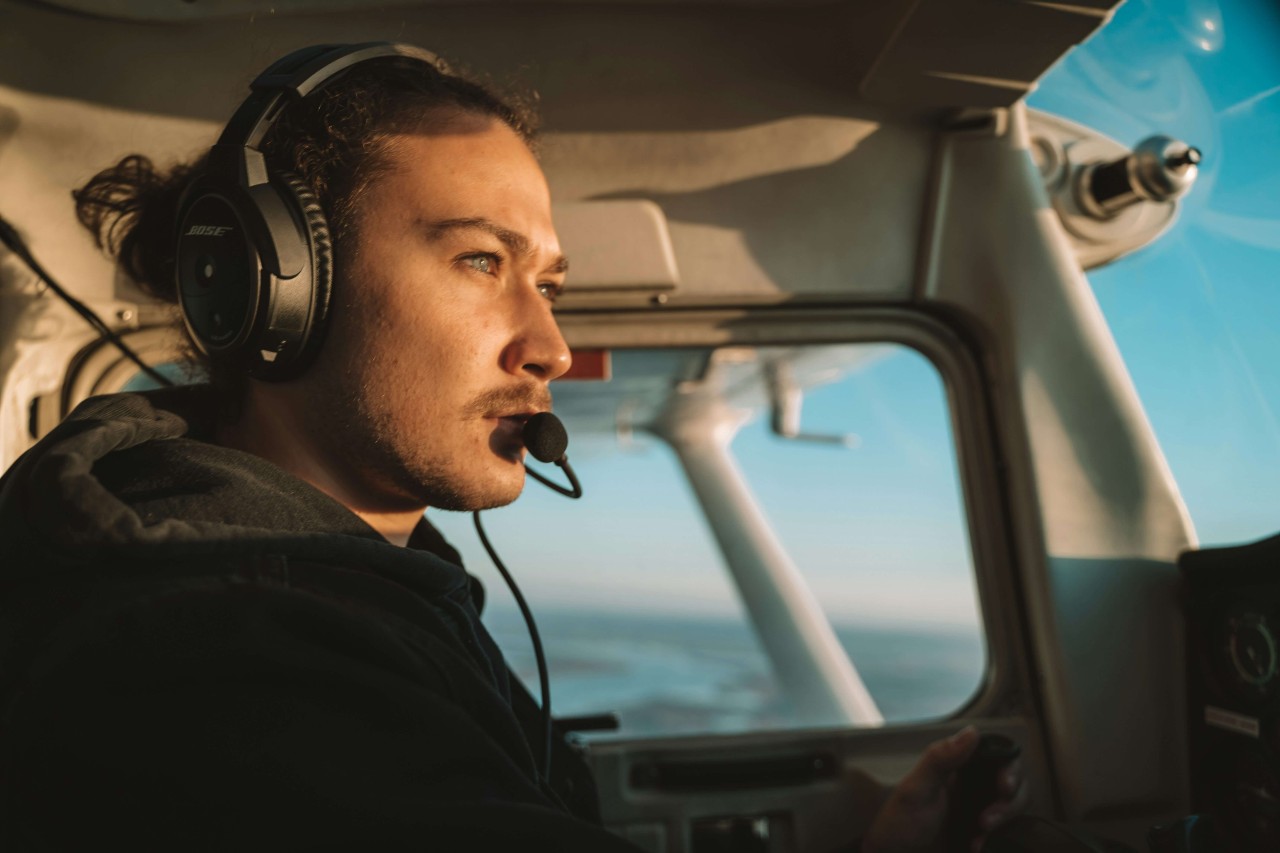
How to Choose the Right Flight School
Flight schools are located across Europe — some are large academies, others are aero clubs or local training centers. To choose the right one, consider:
- Proximity to your home
- Type of aircraft used
- Language of instruction
- Instructor experience
- Ground school and theory support
- Cost and flexibility
You can explore certified schools near you via our interactive map.
Medical Requirements to Become a Pilot
Before starting, you’ll need a medical certificate issued by an authorized aeromedical examiner:
- Class 2 Medical for PPL
- LAPL Medical for light sport and leisure flying
- Class 1 Medical for commercial pilot training
The process includes a basic health check, vision test, and medical history review.
How Long Does It Take to Become a Pilot?
It depends on the license and your availability:
- LAPL: around 3–6 months part-time
- PPL: 6–12 months depending on weather and schedule
- CPL: 1.5 to 2 years (after PPL)
Some schools offer integrated programs (full-time), others offer modular paths (flexible).
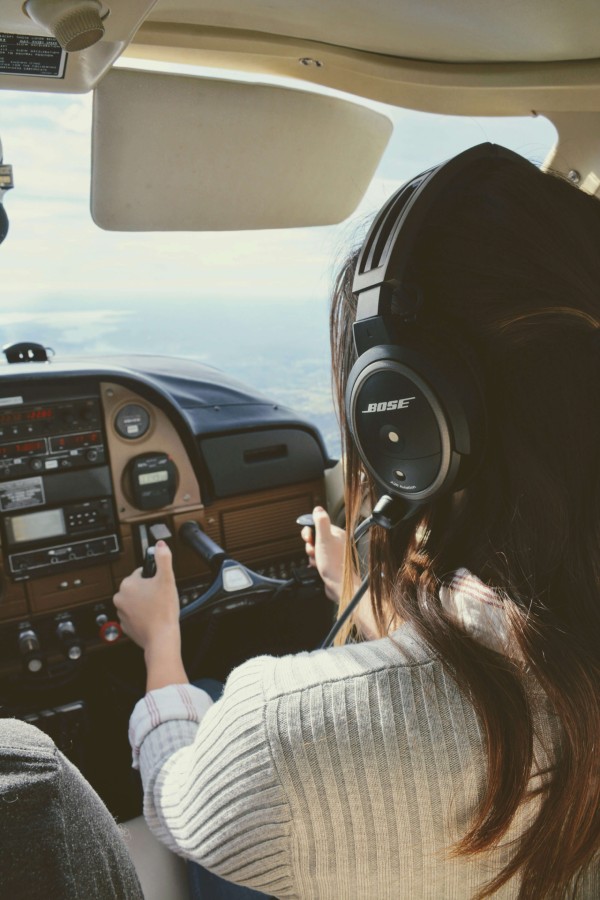
What Can I Do After Getting My Pilot Licence?
With a pilot license, you can:
- Fly for leisure across Europe
- Join aero clubs and take part in rallies or fly-ins
- Train further and become a professional pilot
- Fly for business, charities, or medical transport
- Become a flight instructor and share your passion
You can also explore more career paths via our Career Tool.
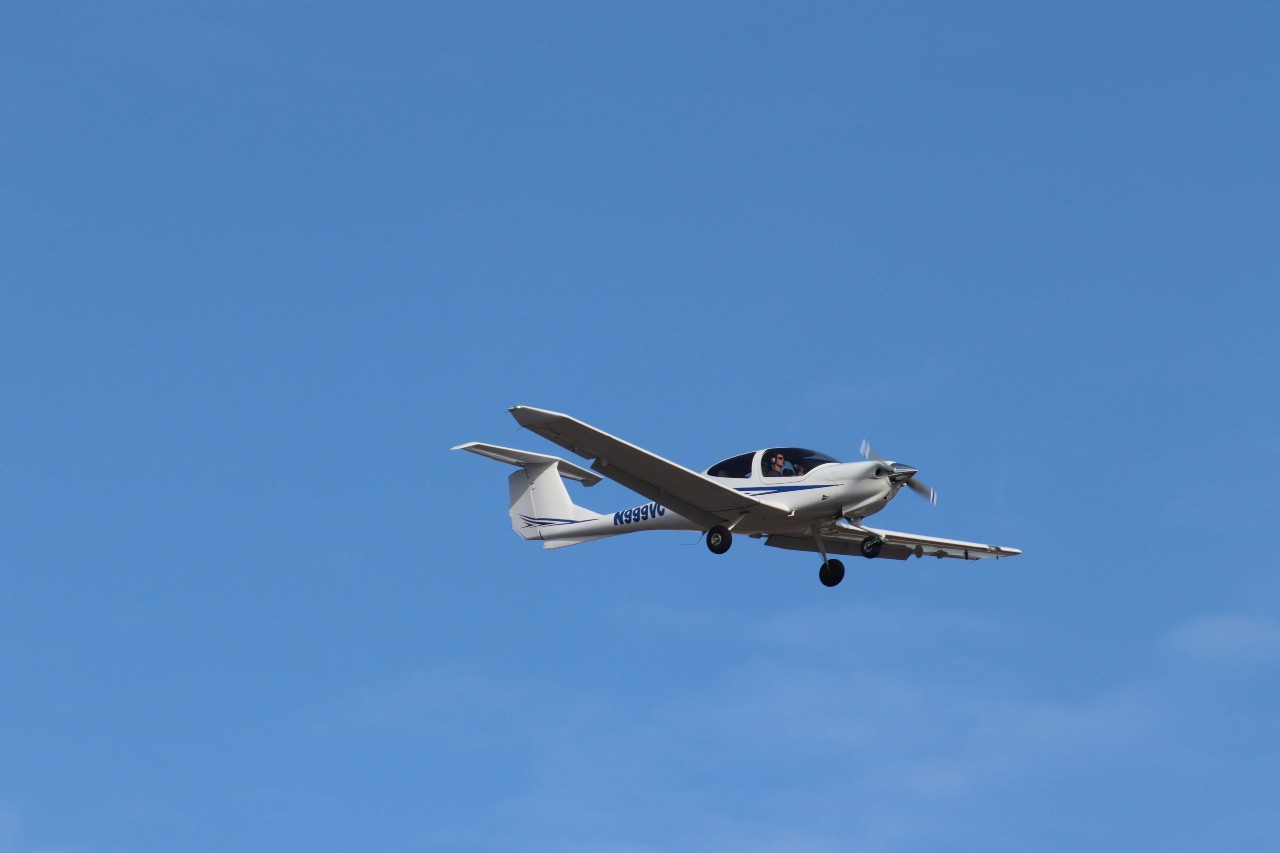
Take Off with General Aviation
Thousands of pilots begin their journey in general aviation every year. It’s affordable, community-driven, and a perfect way to discover the world of flight.
Ready to take the first step?
Use our Career Tool to find out if becoming a pilot is right for you — or browse our flight school map to get started.
🚀 Your pilot journey starts here. Take the leap and explore the skies!


